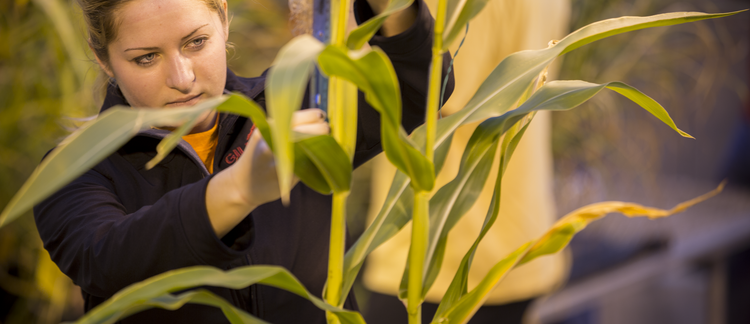Abstract
Biochar is a carbonaceous material that is known for its high cation exchange capacity, porosity, and high surface area. It could be made using materials such as switchgrass, mixed-wood, and oak, among other materials, which has been thermally decomposed at high temperatures in low oxygen environments for varying periods of time. Biochar as a soil amendment could act as a “container” for nutrients and is hypothesized to impact nutrient leaching. Available nutrients are bound to surface exchange sites on biochar, which are in abundance due to the high surface area. In theory, these nutrients then would be more readily available to plants. If these nutrients are accessible, plants could potentially have increased growth rates and potential increases in yield. This study evaluates the impact of biochar in combination with compost on pepper and cauliflower growth characteristics and yield, and available soil nitrate using ion exchange membranes.
How to Cite:
Mauch, T. & Nair, A., (2022) “Impacts of Varying Biochar Rates With and without Compost of Pepper and Cauliflower Yields”, Iowa State University Research and Demonstration Farms Progress Reports 2021(1), 21–23.
Downloads:
Download PDF
View PDF

